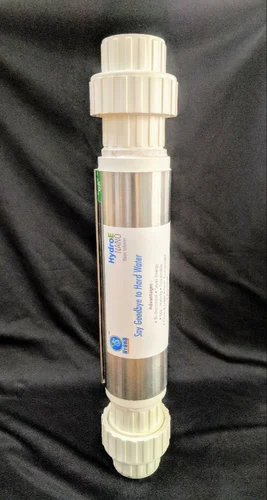Water Treatment Solutions
Water treatment solutions encompass a wide range of technologies and methods aimed at improving the quality of water for various purposes such as drinking, industrial processes, agriculture, and environmental conservation.
-
Filtration: Filtration involves passing water through various porous materials to remove suspended particles, sediments, and impurities. Common filtration methods include sand filtration, multimedia filtration, activated carbon filtration, and membrane filtration (such as reverse osmosis).
-
Disinfection: Disinfection is the process of destroying or inactivating harmful microorganisms present in water to make it safe for consumption. Chlorination, ozonation, UV irradiation, and chloramines are common disinfection methods used in water treatment.
-
Coagulation and Flocculation: Coagulation involves adding chemicals to water to destabilize suspended particles, while flocculation promotes the aggregation of these particles into larger clumps called flocs, which can be easily removed through sedimentation or filtration.
-
Ion Exchange: Ion exchange involves exchanging unwanted ions in water with more desirable ions. This process is commonly used for water softening to remove calcium and magnesium ions, which cause hardness in water.
-
Desalination: Desalination is the process of removing salt and other minerals from seawater or brackish water to produce freshwater. Common desalination methods include reverse osmosis, distillation, and electrodialysis.
-
Adsorption: Adsorption involves the attachment of dissolved or suspended contaminants to the surface of solid materials (such as activated carbon) for removal from water.
-
Advanced Oxidation Processes (AOPs): AOPs utilize highly reactive oxidants to degrade organic and inorganic contaminants in water. Examples include ozone oxidation, advanced oxidation with hydrogen peroxide, and photocatalysis.
-
Biological Treatment: Biological treatment utilizes microorganisms to degrade organic pollutants in water through processes such as activated sludge, biofilters, and constructed wetlands.
-
pH Adjustment: pH adjustment involves adding acids or bases to water to achieve the desired pH level for specific applications. This process is essential for controlling corrosion, optimizing coagulation, and enhancing disinfection efficiency.
-
Monitoring and Control Systems: Advanced monitoring and control systems are used to continuously assess water quality parameters, control treatment processes, and optimize operation to ensure efficient and reliable water treatment.

